A capsule fruit is one of the most common types of dry fruits you’ll come across. It starts out from a single ovary and, as it matures, its outer walls dry up. Once ripe, the capsule splits open on its own to let the seeds out. That splitting can happen in different ways—sometimes the fruit breaks into sections, sometimes it opens along seams, or even pops open through small pores or cracks. Unlike pods or follicles, which usually have just one chamber, capsule fruits have several little chambers inside. Think of it as nature’s clever way of packaging seeds and then releasing them when the time is right.
To give you a clearer picture of capsule fruits, here are 12 familiar examples, along with explanations of why they qualify as capsule fruits and a few interesting details about each.
1. Opium Poppy (Breadseed Poppy)
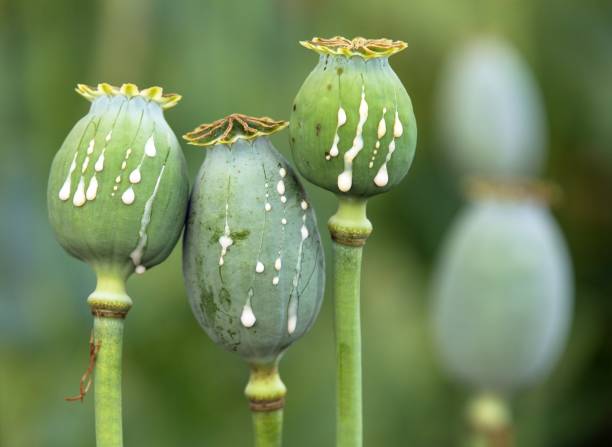
The opium poppy is one of the most iconic examples of a capsule fruit. After the petals drop, a round capsule forms, holding hundreds of tiny seeds inside. Unlike many fruits that split with seams, this one opens through small pores at the top, almost like a pepper shaker, allowing the seeds to escape when it’s shaken by the wind.
2. Eucalyptus Fruit
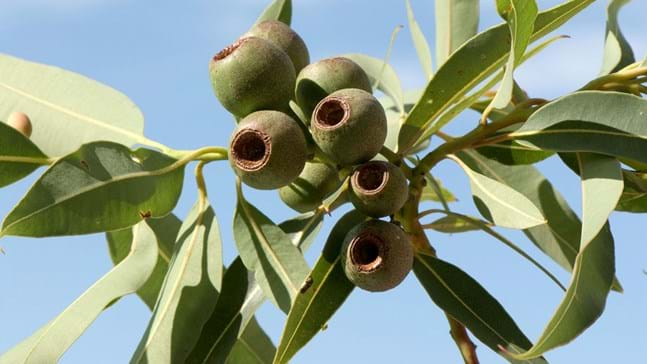
Eucalyptus trees produce hard, woody capsules commonly known as “gumnuts.” These cone-shaped fruits aren’t meant for eating but for seed protection. Once mature, the capsule dries out and its valves open, releasing waxy seeds into the environment. The durable structure of the capsule makes it easy to recognize and is often used to identify different eucalyptus species.
3. Milkweed Pods
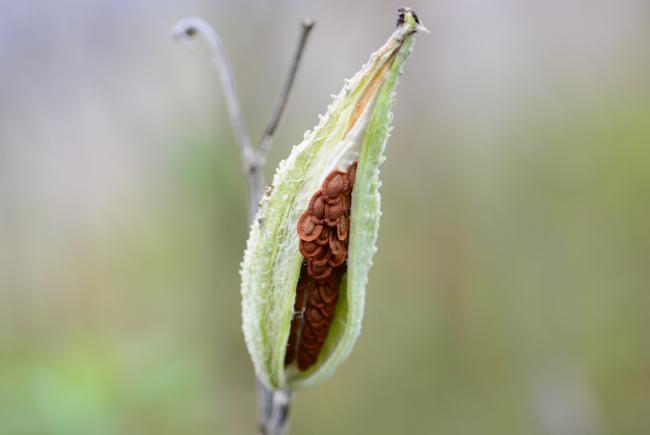
Milkweed plants develop long, slender pods that act as capsules for their seeds. When the pods ripen, they split open, releasing rows of flat seeds attached to silky white fibers. These tufts catch the wind, carrying seeds far and wide. This dispersal system is classic capsule behavior, allowing milkweed to spread easily while also supporting monarch butterflies, which depend on the plant.
4. Horse Chestnut
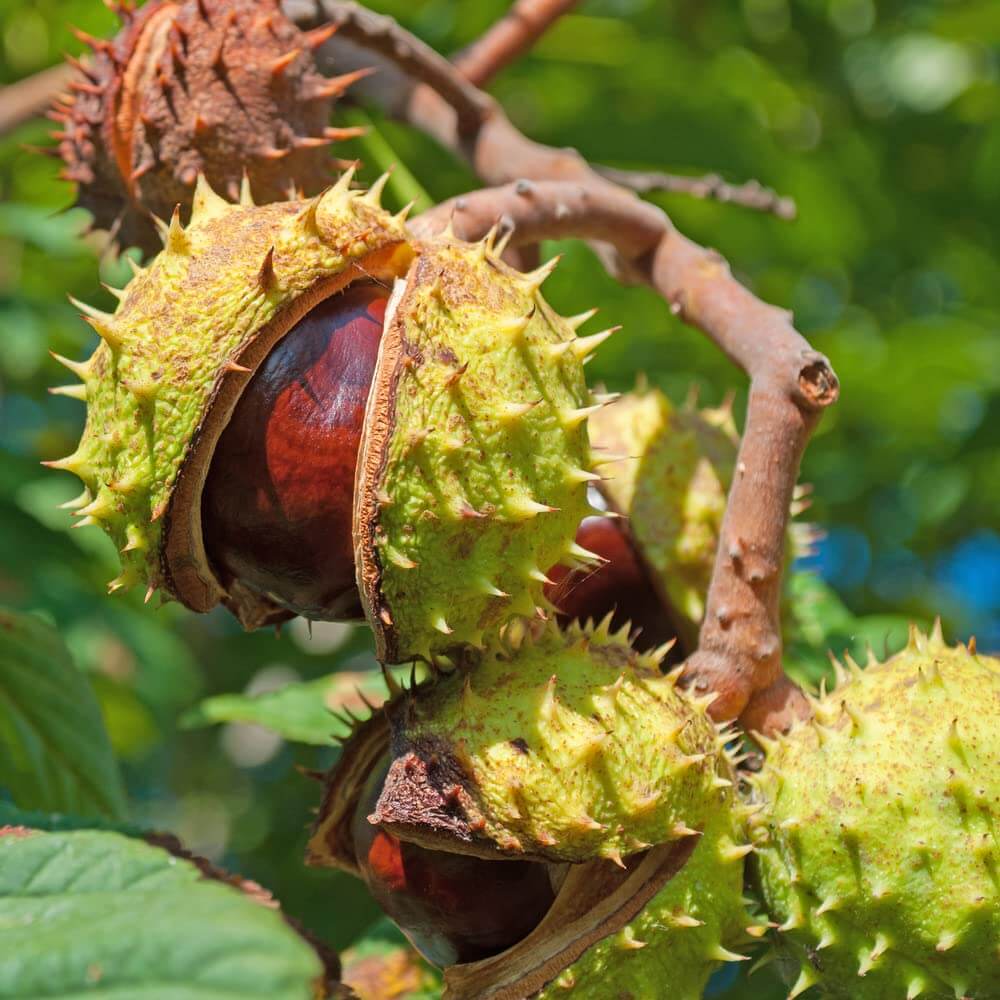
Horse chestnut trees form large, green, spiny capsules that enclose one or more shiny brown seeds, famously known as “conkers.” When the capsules mature, they split apart to release the seeds. This makes them a true capsule fruit, even though the seeds themselves are nut-like in appearance. The tough outer shell protects the developing conkers until they’re ready to drop in autumn.
5. Okra Fruit
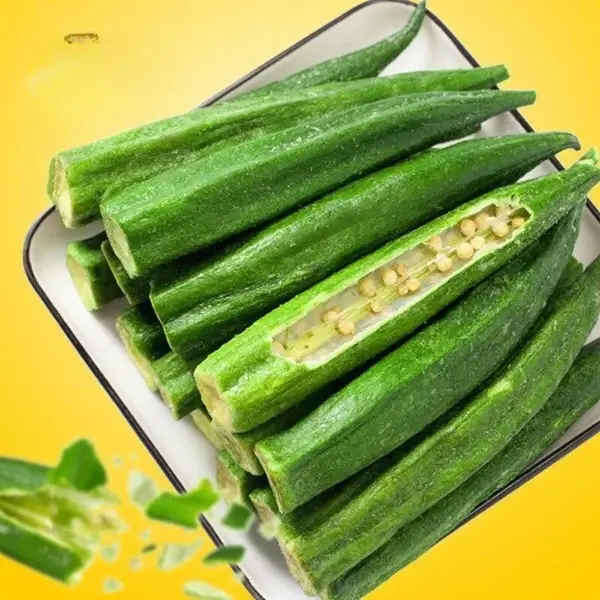
Okra pods may be a kitchen staple, but botanically they’re long, narrow capsules packed with many seeds. As they mature, the pods naturally dry and split open along their length to scatter seeds. This dehiscing action is what makes okra a capsule fruit.
6. Iris Fruit
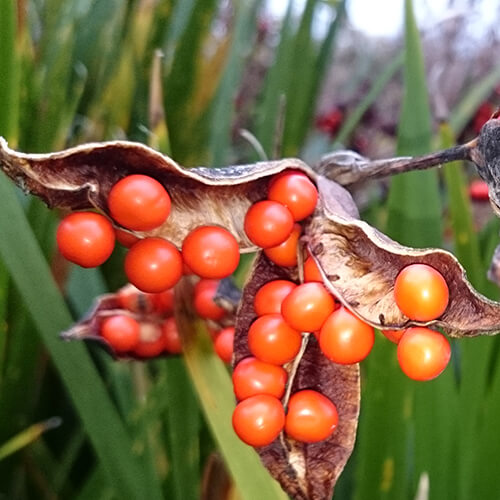
After blooming, iris flowers give way to dry, oblong capsules that hold multiple seeds inside. Once mature, these capsules split open to release their contents. This natural dehiscence process is the defining trait of a capsule fruit. Though admired for their showy flowers in gardens, irises quietly demonstrate the classic capsule life cycle once their blooms fade.
7. Digitalis (Foxglove)
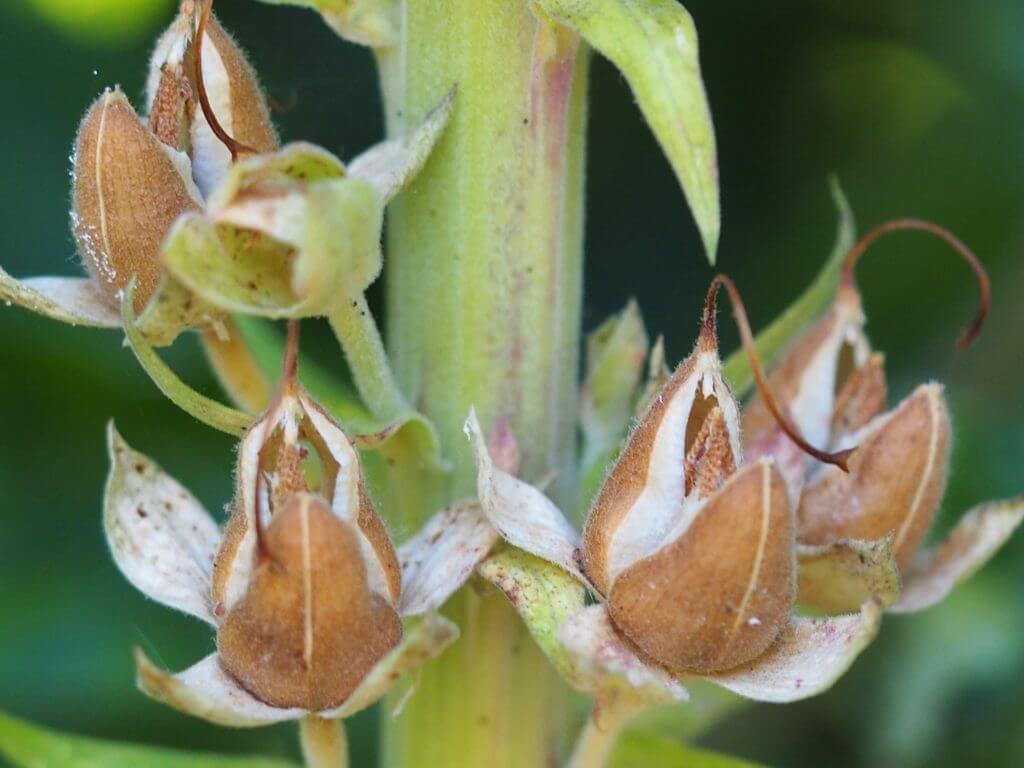
Digitalis plants form dry capsules after flowering, each packed with numerous small seeds. Once the capsule ripens, it splits open to release them. This makes foxglove a classic capsule fruit. While best known for its use in heart medicine, its seed-bearing capsules ensure the plant’s survival, scattering new generations across meadows and gardens.
8. Evening Primrose
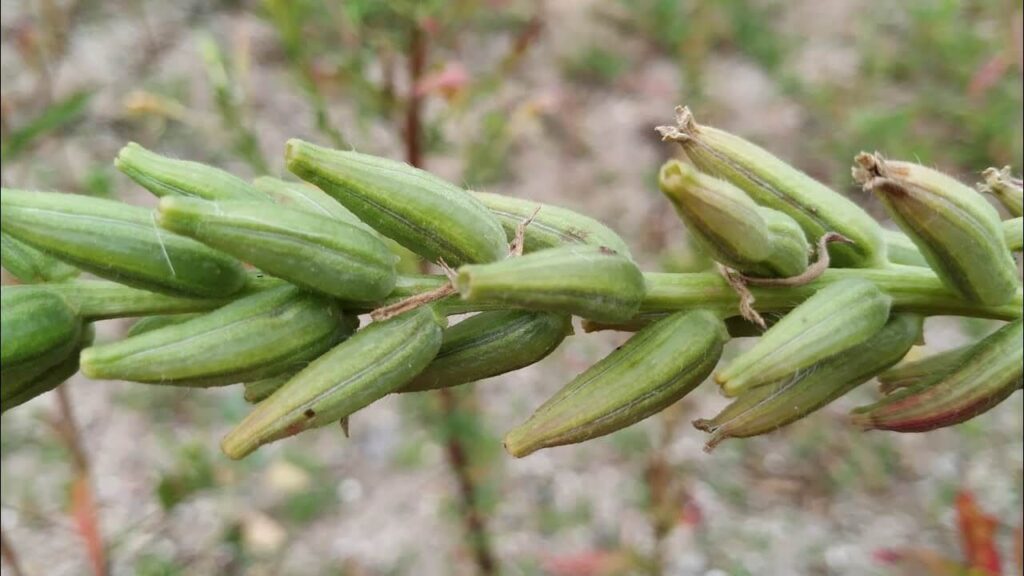
Evening primrose produces slender capsules that are filled with tiny seeds. When mature, the capsules dry and split open to scatter their contents. This dehiscing process classifies it as a capsule fruit. The plant is often grown for its oil-rich seeds, but its capsule structure also plays a key role in spreading the species naturally.
9. Kapok Fruit (Cotton Tree Fruit)
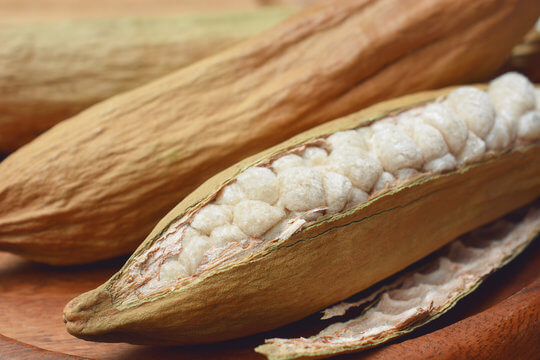
The kapok tree produces large, woody capsules that can grow up to 15 cm long. When they burst open, they release silky, cotton-like fibers that carry small black seeds. These buoyant fibers float easily in the air or water, helping with seed dispersal. The fruit’s splitting and seed release clearly mark it as a capsule fruit.
10. Jacaranda Fruit

Jacaranda trees form woody, oval capsules that flatten as they dry. Inside are many winged seeds, which are released once the capsule splits open. This design allows the seeds to glide on the wind, spreading far from the parent tree.
11. Datura Fruit
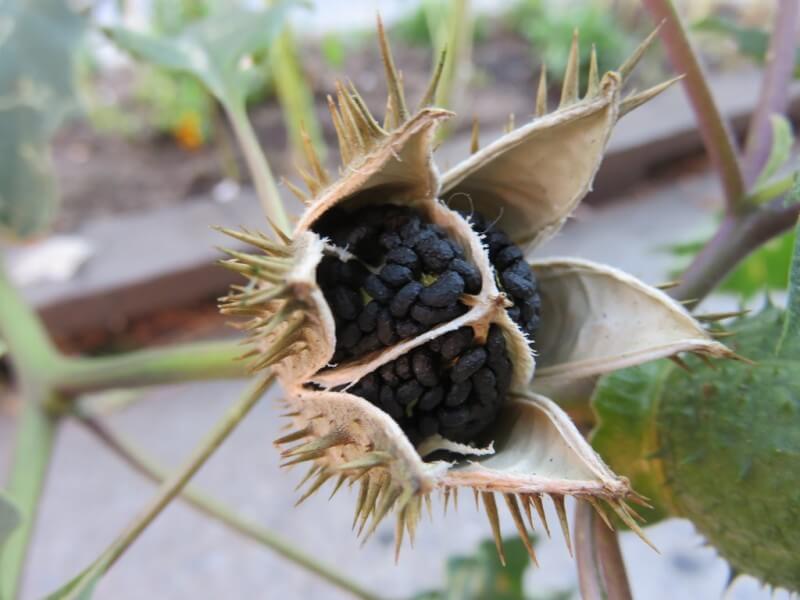
Datura plants develop spiny green capsules that hold numerous flat, dark seeds. Depending on the species, the capsules may split into four chambers or open irregularly to release the seeds. The protective, prickly shell ensures the seeds remain safe until the capsule matures.
12. Mahogany Tree Fruit
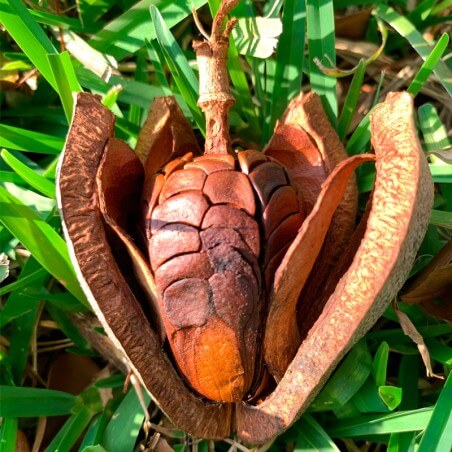
Mahogany trees produce large, pear-shaped capsules that open into several sections when ripe. Inside are winged seeds that spin away in the wind, earning the fruit the nickname “sky fruit.” The woody shell keeps the seeds secure until the dry season, when it splits apart.
Capsule Fruits Categorization
Capsule fruits are usually grouped according to the way they open to release seeds. But keep in mind—botanists don’t always agree on the exact rules or even the words used for these categories, so you might find differences in how certain plants are classified. Below are some of the most recognized types of capsules:
- Pyxis – Opens with a lid-like top, almost like a tiny box. Seen in plants such as Cock’s comb).
- Septicidal capsule – Splits along the walls where seed compartments (carpels) meet. Sen in fruits like Datura.
- Loculicidal capsule – Splits through the middle of each seed compartment, exposing the seeds directly.
- Poricidal capsule – Releases seeds through small pores or openings, often shaken out by wind. Poppies are a famous example.
- Circumscissile capsule – Breaks open around its “waistline,” with the top part lifting off.
- Valvate capsule – Opens with little doors or valves that peel back to reveal the seeds.
This variety in splitting patterns is what makes capsule fruits both fascinating and sometimes tricky to categorize.
Discover Other Fruit Category Examples:
- Examples of Dehiscent Fruits
- Examples of Schizocarp Fruits
- Examples of Sorosis Fruits
- Examples of Accessory Fruits
- Examples of Follicle Fruits
- Examples of Pome Fruits
- Examples of Drupe Fruits
- Examples of Stone Fruits
- Examples of Multiple Fruits
- Examples of Aggregate Fruits
- Examples of Achene Fruits
- Examples of Fleshy Fruits
